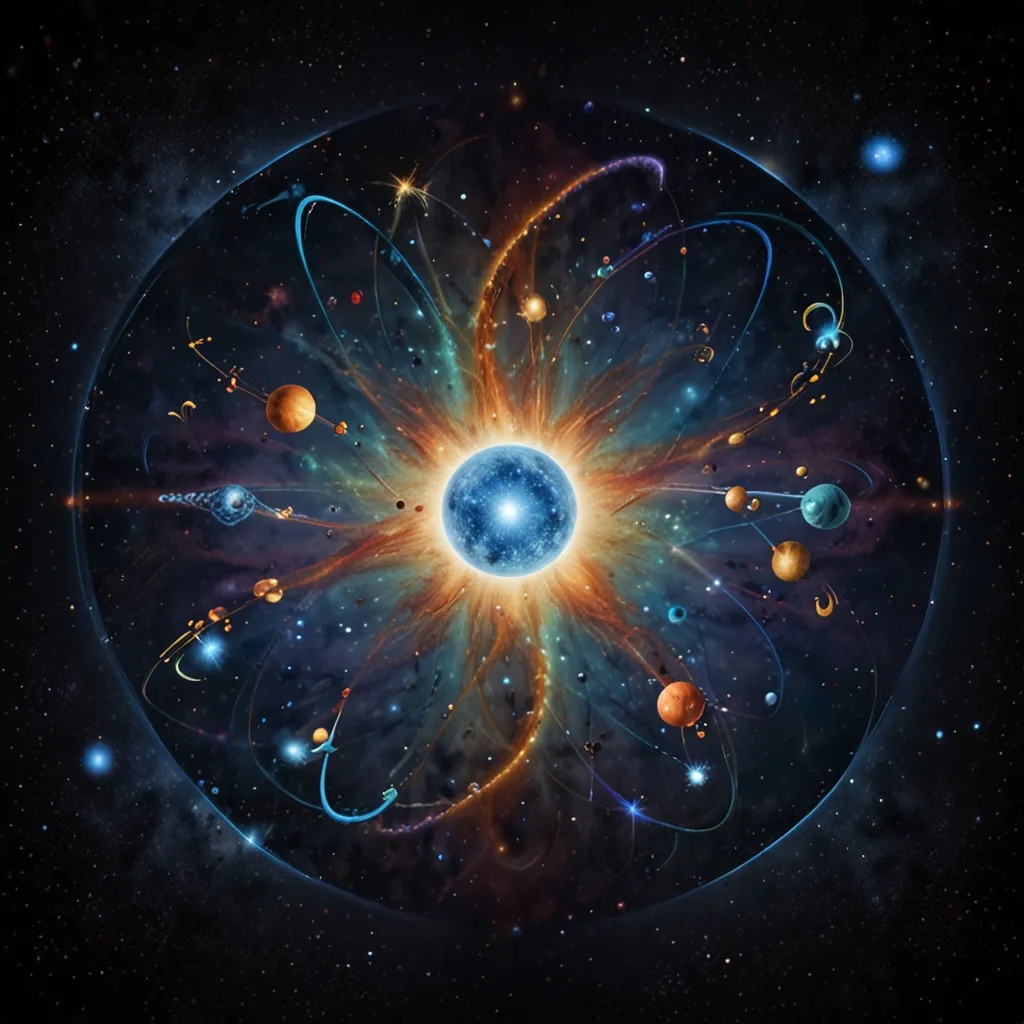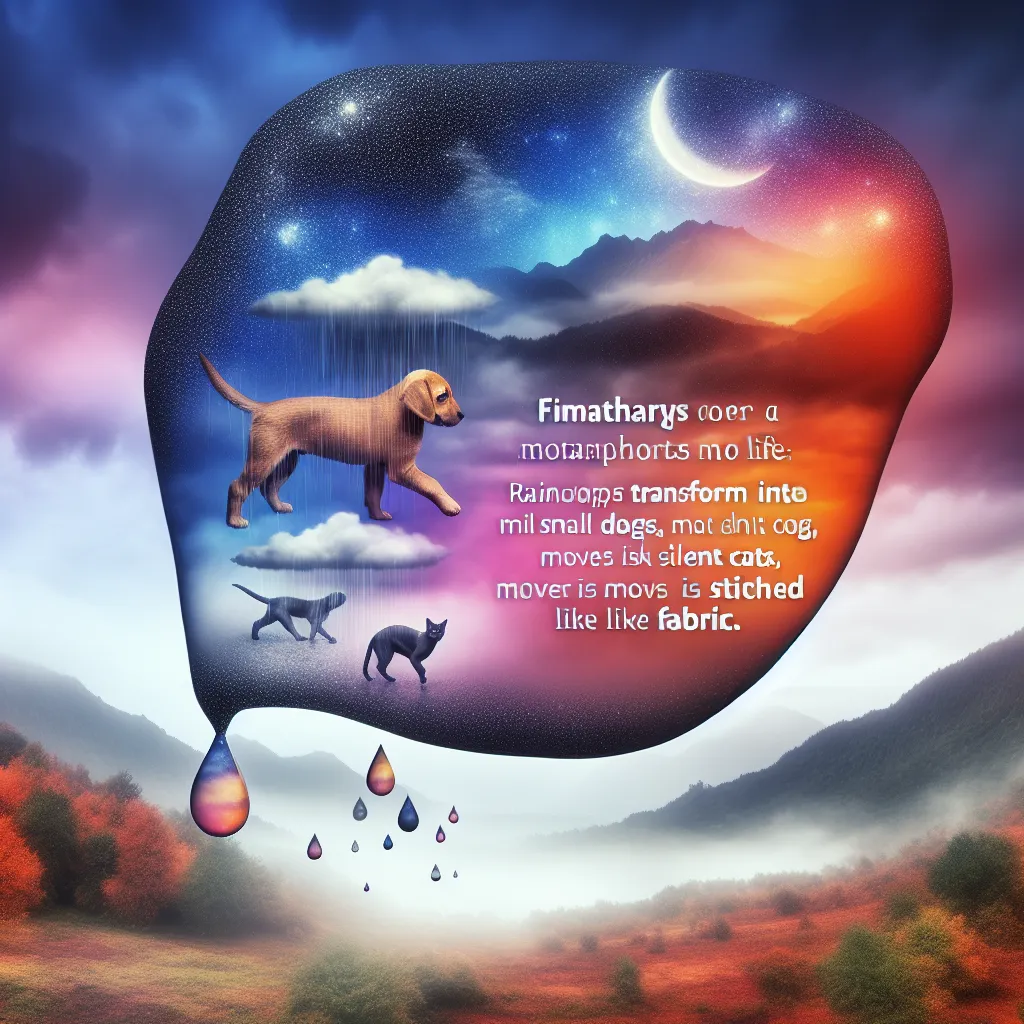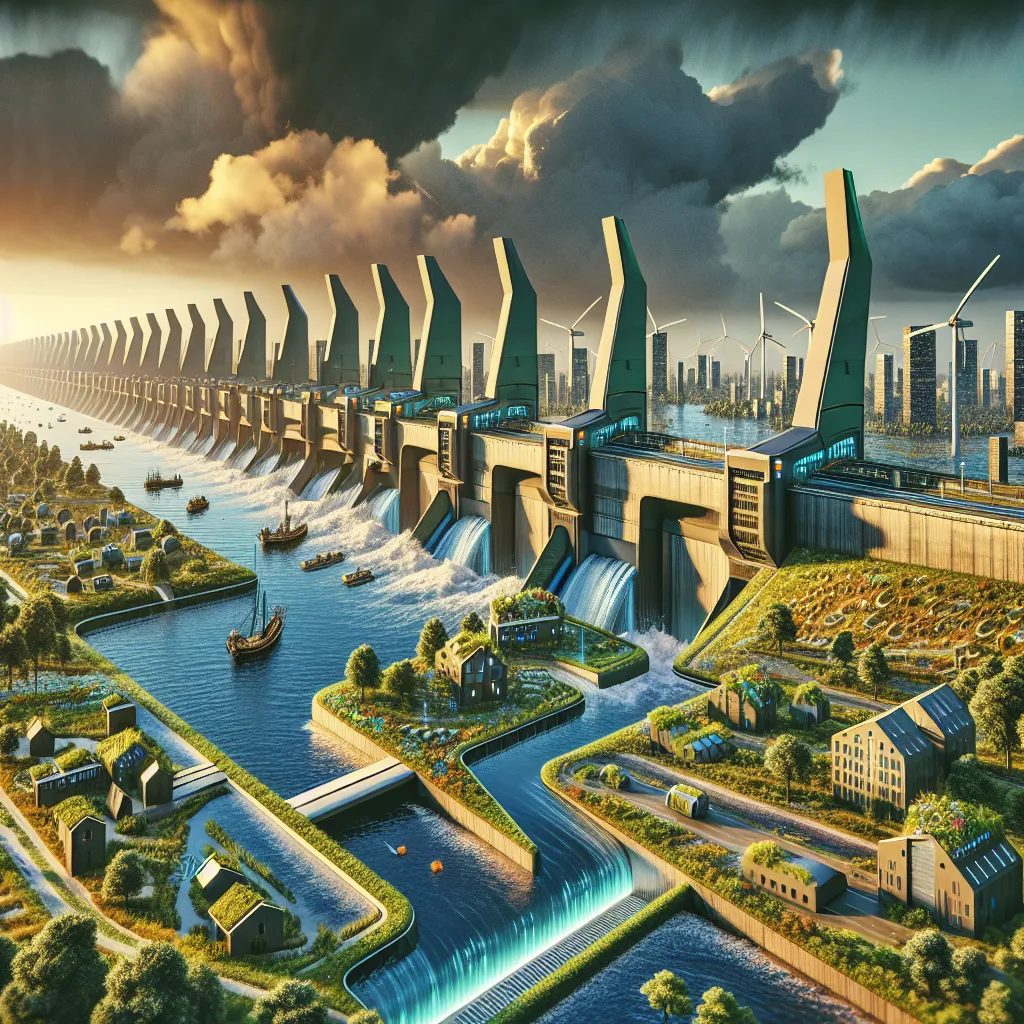Understanding how life began is one of humanity’s greatest scientific quests. While we don’t yet have the complete picture, we’ve uncovered significant pieces of this cosmic puzzle. Let’s travel back to the universe’s early days to explore the formation of atoms, molecules, and ultimately, the precursors to life.
Initially, the universe was a hot plasma soup right after the Big Bang. Protons and neutrons emerged first, condensing from more basic particles known as quarks. As the universe cooled down over roughly 380,000 years, electrons paired with these nuclei to form the earliest atoms, primarily hydrogen and helium.
But life requires more than just atoms; it needs complex molecules. Atoms join through chemical bonds to form molecules when it’s energetically beneficial for them to do so, much like how countries thrive through trade.
Among the earliest molecules were hydrogen molecules, which formed when the universe cooled enough to allow these bonds. Interestingly, the very first molecule was likely helium hydride, formed when the universe was only about 120,000 years old. This molecule is a combination of helium and hydrogen, but it’s short-lived and highly reactive, disappearing not long after hydrogen molecules began to take over.
While these early molecules mark the dawn of chemical complexity, they weren’t the building blocks of life. Life demands elements like carbon, oxygen, and nitrogen. These heavier elements formed much later, inside stars and during explosive supernovae events. These cosmic explosions scattered these essential atoms into the colder regions of space, where they could form more stable molecules.
The first stars, massive compared to our Sun, illuminated the universe around 100 million years post-Big Bang. They produced heavier elements through fusion, but the extreme temperatures inside stars meant no complex molecules could form there. These heavier atoms were only released into the universe when stars ended their lives in spectacular supernovae explosions.
Once dispersed, these atoms could cool and bond, creating essential molecules like carbon dioxide, methane, and water. Most water today results from interactions on interstellar dust grains rather than directly in space, with these grains acting as platforms for molecular reactions.
But water is just one ingredient. We needed more complex organic molecules, like those that eventually formed in Earth’s atmosphere roughly 4 billion years ago. There’s evidence to suggest that these molecules could also have come from space, landing on Earth via comets or meteorites. Recent observational data shows organic compounds are common throughout the universe, found in various celestial environments.
The origin of these organic molecules remains partially mysterious. One hypothesis suggests that radiation from nearby stars might make atoms more reactive, thus encouraging the formation of complex molecules. These processes likely contribute to the rich chemistry seen in star-forming regions and proto-planetary disks.
Despite the progress, many questions remain unanswered. Observatories like the James Webb Telescope promise to shed more light on these mysteries, making the future of cosmic discovery incredibly exciting. Understanding our origins motivates continued exploration and scientific study, and with each discovery, we edge closer to unraveling the enigma of life’s beginnings.






